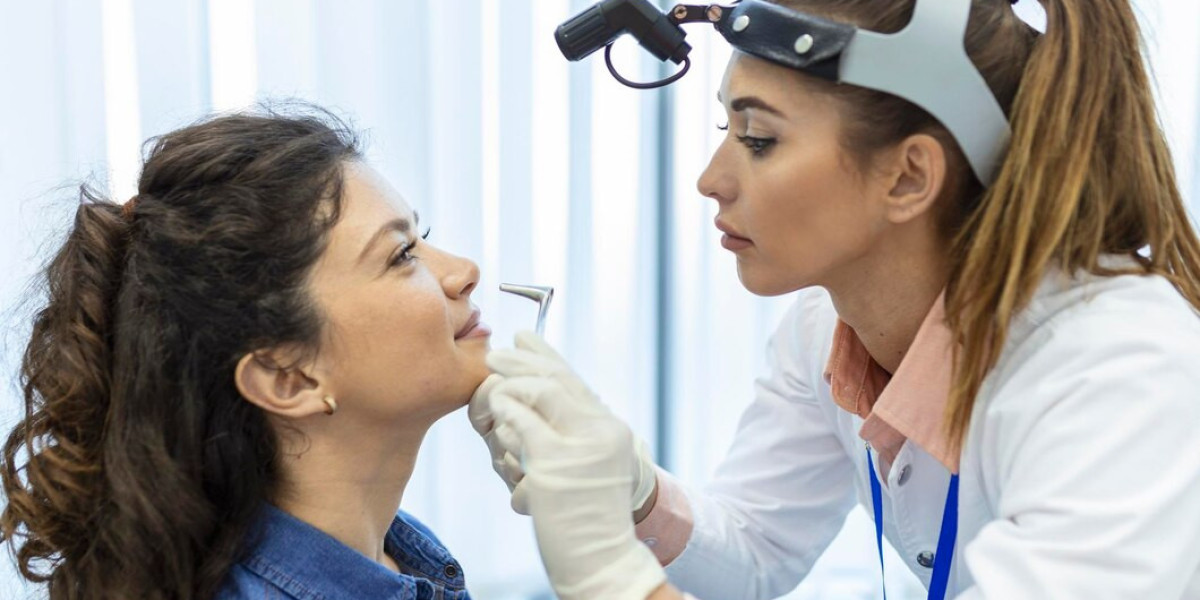Introduction
Rhinoplasty, commonly known as a nose job, has long been a popular cosmetic and reconstructive procedure. Traditional rhinoplasty methods involve chisels, hammers, and rasps to reshape the nasal bones. However, advancements in medical technology have introduced a more precise and minimally invasive technique—ultrasonic rhinoplasty. This innovative approach utilizes ultrasonic energy to sculpt the nose with greater accuracy and reduced trauma.
In this article, we will explore the benefits, procedure, recovery process, and potential risks associated with ultrasonic rhinoplasty.
What Is Ultrasonic Rhinoplasty?
Ultrasonic rhinoplasty is an advanced form of nose surgery that employs high-frequency sound waves to reshape the nasal structure. Unlike traditional methods that rely on manual tools to break and reshape bones, this technique utilizes a specialized ultrasonic device known as a piezotome. The piezotome emits ultrasonic vibrations that selectively target bone tissues without damaging surrounding cartilage, soft tissue, or blood vessels.
Benefits of Ultrasonic Rhinoplasty
1. Greater Precision and Control
The ultrasonic device allows surgeons to shape the nasal bones with exceptional accuracy, leading to more symmetrical and natural-looking results.
2. Minimized Trauma and Bruising
Since the procedure does not involve breaking the bones manually, there is significantly less trauma to the surrounding tissues, which reduces post-operative swelling and bruising.
3. Faster Recovery Time
Patients undergoing ultrasonic rhinoplasty typically experience a quicker healing process due to reduced tissue damage and minimal bleeding.
4. Lower Risk of Complications
Traditional rhinoplasty techniques can sometimes result in unintended fractures or asymmetry. The ultrasonic approach reduces the chances of such complications by offering better control over bone sculpting.
5. More Natural Results
By preserving the soft tissue and cartilage, ultrasonic technology ensures smoother contours and a more natural nasal shape compared to traditional methods.
The Ultrasonic Rhinoplasty Procedure
Pre-Operative Consultation
Before the surgery, a detailed consultation is conducted with the surgeon to discuss the patient’s aesthetic goals, medical history, and expected outcomes. Advanced imaging techniques may be used to create a digital preview of the potential results.
Surgical Process
Anesthesia – The procedure is performed under general anesthesia or local anesthesia with sedation.
Incision – Depending on the complexity, the surgeon may choose either an open (small incision on the columella) or closed (incisions inside the nostrils) approach.
Bone Reshaping – The piezotome emits ultrasonic waves to reshape and refine the nasal bones without damaging soft tissues.
Cartilage Adjustment – If needed, the surgeon adjusts the cartilage to enhance nasal symmetry and structure.
Closure – Once the desired shape is achieved, the incisions are closed with sutures, and a splint is placed to support the nose during healing.
Recovery and Aftercare
Immediate Post-Operative Care
Patients may experience mild swelling and bruising, but these are significantly less compared to traditional rhinoplasty.
Pain is generally minimal and manageable with prescribed medications.
Nasal congestion is common due to internal swelling.
Recovery Timeline
Week 1: The external splint is removed, and most swelling begins to subside.
Weeks 2-4: The majority of swelling and bruising diminish, and the nose starts to take its refined shape.
Months 3-6: The final results become more visible as the residual swelling continues to decrease.
Tips for a Smooth Recovery
Avoid strenuous activities and heavy lifting for at least four weeks.
Sleep with the head elevated to reduce swelling.
Follow the surgeon’s aftercare instructions, including the use of saline sprays and avoiding nasal trauma.
Potential Risks and Considerations
While ultrasonic rhinoplasty offers numerous advantages, it is essential to be aware of potential risks, including:
Temporary numbness around the nasal area.
Minor swelling and bruising.
In rare cases, dissatisfaction with the results may require a revision procedure.
As with any surgery, there is a minimal risk of infection or anesthesia-related complications.
Is Ultrasonic Rhinoplasty Right for You?
Ideal candidates for ultrasonic rhinoplasty include individuals who:
Want to refine their nasal shape with minimal trauma.
Prefer a more natural and precise outcome.
Have realistic expectations about the procedure and recovery.
Are in good overall health and do not have conditions that impair healing.
Conclusion
Ultrasonic rhinoplasty is revolutionizing the field of nasal surgery by offering a safer, more precise, and minimally invasive alternative to traditional rhinoplasty techniques. With reduced trauma, quicker recovery, and superior aesthetic results, this advanced method is gaining popularity among both patients and surgeons.
If you are considering rhinoplasty and want the most advanced approach, consulting with a qualified plastic surgeon specializing in ultrasonic rhinoplasty is the first step toward achieving your desired results.









